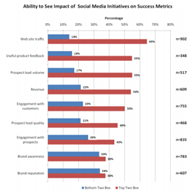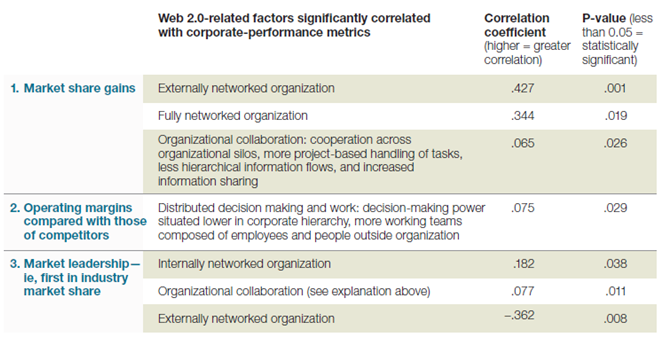Google+ may fail … it may not succeed in weaning away enough users from Facebook…
…But what G+ has ensured is that Facebook will not be able to make enough money to justify its current market value of US$ 100 billion.
Why so?
Let us do a quick back of the envelop calculation.
- For Facebook to justify it current valuation of US$ 100 billion, it needs to, at some point of time, make an annual profit of at least US$ 10 billion.
- That can be done only if they have annual revenue of around US$ 30 billion.
- This revenue number is about 15 time their current annual revenue.
- The user base and the level of usage cannot keep growing indefinitely and will saturate at some point of time. Let us assume that it saturates at double the current level.
- That still means the revenue per user has to increase 7 to 8 time the current level.
- Even assuming that enough organizations are ready to divert their ad budget to Facebook – where will the ads be shown?
- This can be done either by dramatically increasing the click through rate or by showing significantly increased level of advertisement.
- People don’t go to Facebook to search for things – they go to Facebook to check on friends. So, significant increase is click through rate is highly unlikely.
Would you stick around in Facebook, if they start showing significantly larger number of ads?
Especially when an interesting alternative in the form of Google Plus is around?
Do you remember what Microsoft did to Netscape?
Before 1996, Netscape used to rule the browser world. However, Microsoft changed the whole game by making IE good enough and giving it away FREE. That ensured Netscape could not make any money from their browser. You can read the rise and full story here.

Microsoft did not have to make any money from IE, so Netscape really did not have a chance.
Google – Facebook story is going to be similar
Google does not have to make any money from its social media initiative. It gave away Android free just to ensure that the mobile platform remains open.
Google probably needs to spend less than a billion dollar annually to keep the social networking initiative going. They can easily do that without any ads appearing. Look at how they handled YouTube.
If Facebook pushes too hard for revenue and profit margin they would land up handing the whole game over to Google.
However, Facebook can survive and continue to thrive if they can get rid of all those people who think that the Facebook IPO is going to be a goldmine.





